What is Renewable Energy, and Why Should Students Learn About It?
Renewable energy is an energy that is continually replenished. There is an unlimited supply, and they do not contribute to climate change. Thus, knowing their advantages and disadvantages helps us to understand how we can use the right mix of them to transition away from non-renewable fossil fuels.
Solar Energy
There are three common ways we harness the sun’s power;
- Photovoltaic: Using solar panels to make electricity from sunlight
- Solar Thermal: Using solar collectors to heat water from sunlight
- Passive Solar: Using sunlight to directly heat buildings
Pros:
- Sunlight is free, does not pollute, and will never run out. It is available everywhere on Earth.
- Photovoltaic panels used to make electricity continually become less expensive and more efficient.
- Passive solar is very easy and effective. It is primarily done using south-facing windows (in the northern hemisphere).
Cons:
- Solar power cannot be produced at night or during prolonged periods of overcast skies.
- Storing heat or electricity from solar is difficult, so other sources of power are necessary.
Wind Energy
Some places have strong winds most of the time, making them good places for wind energy. Windmills, more accurately called wind turbines, convert the energy of wind into electricity.
Pros:
- Wind energy is free, does not pollute, and will never run out.
- A single wind turbine can provide electricity for over 5,000 homes.
Cons:
- When wind speeds fall below what is needed to spin a turbine, it cannot produce electricity. So, when this happens electricity from other sources must be used.
Hydroelectric Energy
‘Hydro’ means water. A dam is built to create a tall body of water creating tremendous pressure. This water flows through tunnels where generators are located. Then, the pressure of the water turns the generators, creating electricity.
Pros:
- Power from water is free and does not pollute.
- This source produces power continuously day and night, all year long.
Cons:
- Damming rivers changes the habitat of local wildlife.
- There is a limited number of sites that are suitable for building hydroelectric plants.
Geothermal Energy
‘Geo’ means earth and ‘thermal’ means heat. So, geothermal is heat from the earth. Heat is always coming from inside the Earth, so even when it’s freezing cold outside, just a few feet below in the ground there is considerable heat. To heat a building, pipes are buried in the ground. Water is run through the pipes where it picks up heat. Then, a heat pump takes heat from the water and uses it to heat the building.
Pros:
- Geothermal energy is free and will never run out.
- This power is available everywhere, all day, 365 days a year.
Cons:
- Electricity must be used to circulate the water and to run the heat pump. (Still, geothermal provides a net gain in energy)
Biomass Energy
Biomass energy comes from living things. Trees produce firewood. This wood can also be made into pellets for heating homes. Some dairy farms collect cow manure and store it in big tanks. Here, bacteria eating the manure gives off methane gas. Methane can be burned to heat homes or generate electricity. Methane is also collected from landfills where bacteria break down the garbage. When yeast digests corn and other plants, it produces ethyl alcohol, or ethanol. Ethanol is a flammable liquid that is often added to the gasoline you buy to fuel your car.
Pros:
- Bio-fuels are considered to be carbon neutral. This means that while they are growing, plants remove carbon dioxide from the air. When fuels like wood or methane are burned, they release carbon dioxide back into the air. Growing more plants again removes that carbon from the air.
Cons:
- Growing large amounts of biofuels like corn have a negative impact on the environment.
Ways I Have Students Learn About Energy in the Classroom
My students have had good success learning about renewable energy by researching, then presenting to the class. Groups research their topic, learning about their form of renewable energy, then teaching that to their classmates.
Do you need a student-friendly website for your student to research types of energy? Then, visit Energy Kids US Energy Administration.
Here are some resources you might want to use in your classroom with your students.
If you enjoyed this, hop over and sign up for our newsletter!

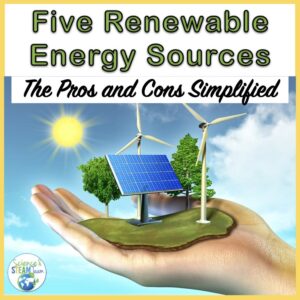
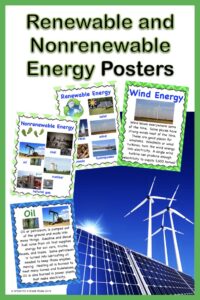
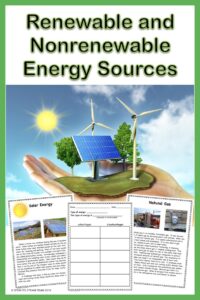
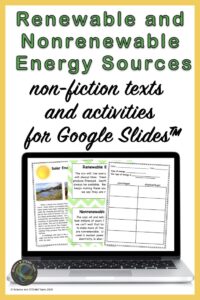
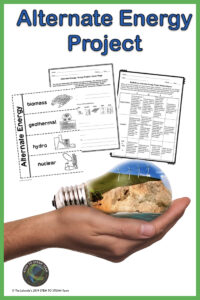

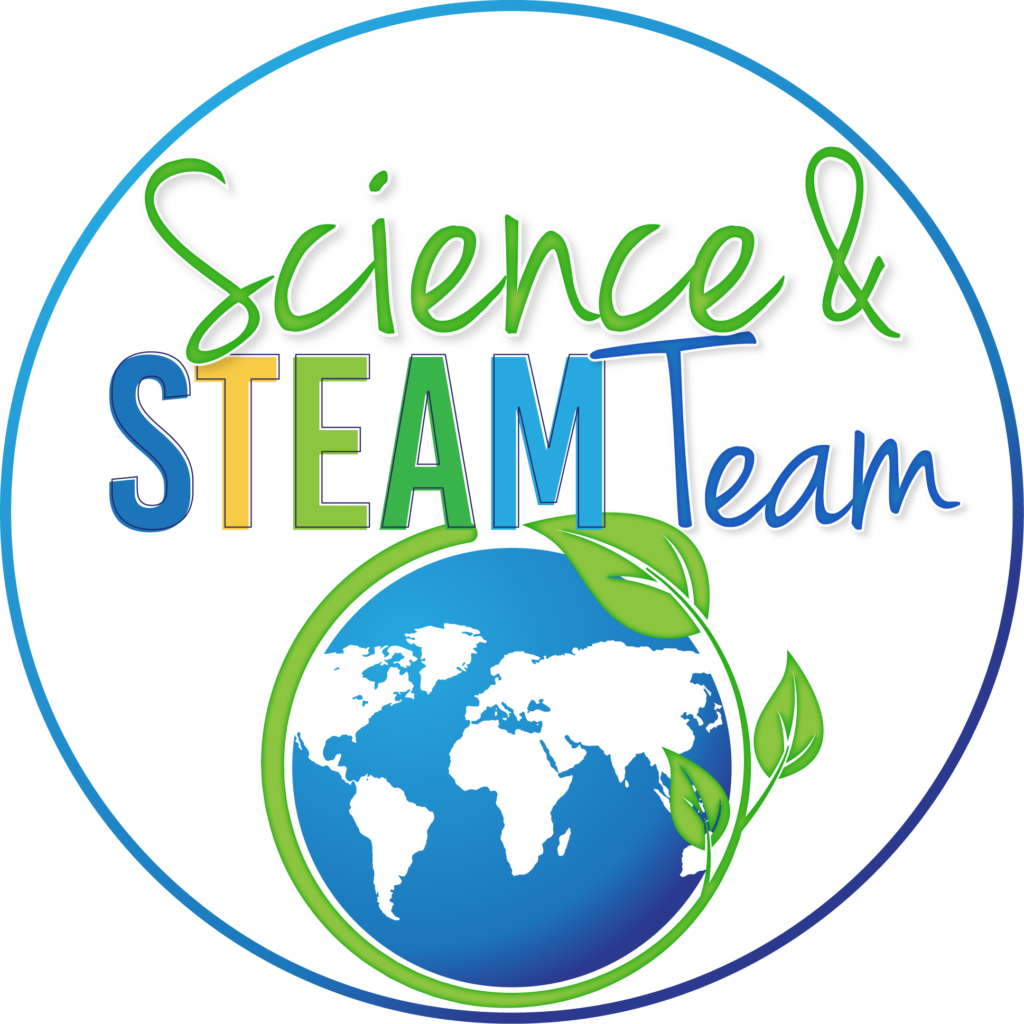
2 Comments
Thanks for featuring this in the cooperative!